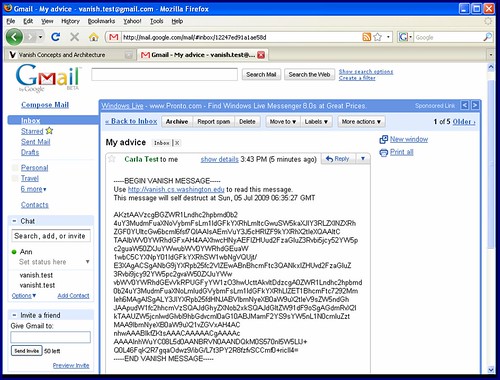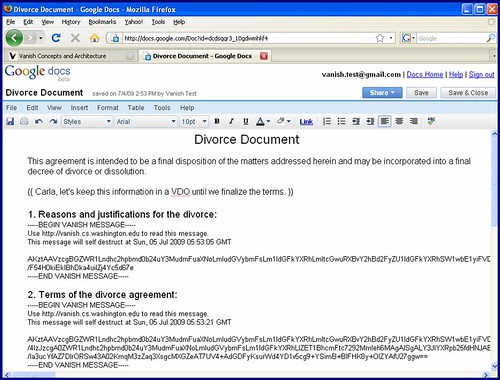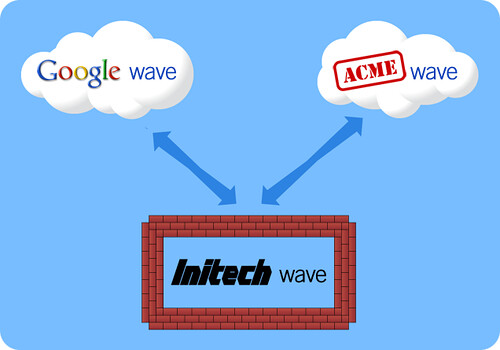What if I told you we could time travel to 1989 — and be given a forecast of what a new implementation of the Hypertext technology (called the World Wide Web) could do. Would you jump at doing whatever you could to be on top of this trend? Smart phones (Apple’s came out 10 years ago), a technology like Hypertext, also made us rethink how we can use the Internet and recreated the world. Well, it’s 1989 and there is a technology that is poised to do this again.
I’m passionate about the future of health, and I can’t ignore what’s going on with cryptography, artificial intelligence, Internet of Things, and Virtual/augmented reality. But if I had to pick one thing right now, which is ripe for government leadership to leapfrog even silicon valley, it’s this: Focus on blockchain.
It’s a specific technology that’s matured unlike most of these other trends. Its got a hacker community innovating like how I can only imagine when the web started. Its got significant investor interest. It has consumer awareness. It has all the things ready for this to blow up.
This is how you do that:
- Make cryptocurrency the same status as any currency. For example, in the US Bitcoin’s are considered a capital asset which makes it impractical to use unlike regular currency which is treated on the income account. We need to remove this impediment as it makes it not practical.
- Offer incentives to businesses working on blockchain. Create a tax free corridor: anyone that that operations in an area is exempt for any taxation. This isn’t to just get the world’s best employing people locally and building technology which will together create an economy of agglomeration, but it will have a flow on affect on other cryptographic matters, such as cyber security which has now become the scariest frontier of warfare right now. Silicon Valley prospered because of technologies building off technologies.
- Force the adoption of cryptocurrency. Require banks to offer it as a service and make all EFT terminals compliant. The moment the economy offers blockchain integrated into the economy — first with currency — we will see an acceleration of blockchain’s potential on the things that are truly exciting (such as Smart Contracts and Distributed Autonomous Organisations)
Implement these three simple policy concepts and it will make that economy the ground zero for blockchain innovation.
As I have already alluded, I don’t think Bitcoin is long term the goal of doing this: it’s the infrastructure that Bitcoin provides that is the exciting thing (ie, the block chain technology which is one of the four technologies that make Bitcoin outside of peer-to-peer, PGP and proof-of-work). The use cases go far and wide: not just for currency, but for things we take for granted like how websites are resolved (like DNS), contracts likes wills, voting, and anything else involving trust (such as simple but critical title deeds). Blockchain is basically a decentralised database which is in line with the original design goal of the Internet. Efforts like Ethereum are effectively building a computer on top of the Blockchain concept. It’s a whole new paradigm in computing that goes far beyond currency.
But leave that to the entrepreneurs, who are already working on that — I could write many more posts on those ideas alone. But with leadership, anyone one of the three suggestions I’ve made could be legislated into law this year and overnight make that territory a global leader.
This is what any country could do to create the world’s best environment to foster this disruptive technology, which I am convinced will create a transformation like what the web did less than 30 years ago.





